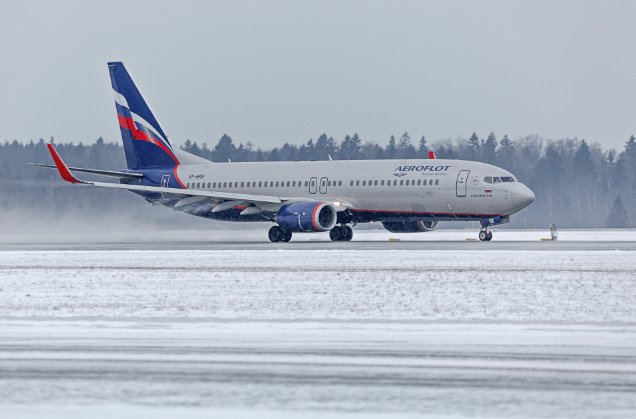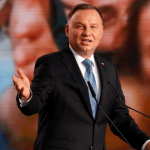Moscow is pushing hard to persuade Washington to lift aviation sanctions against Russian airlines as part of a potential ceasefire deal with Ukraine. But there’s a catch. The European Union isn’t playing along.
Russia wants U.S. skies reopened to its flag carriers, particularly Aeroflot. The Kremlin sees this as a condition for peace talks. However, without EU approval, any such transatlantic plan is likely to hit turbulence.
“First, EU sanctions stand firm against Russia, which includes a ban on Russian airlines flying over EU airspace,” said a European Commission official, speaking anonymously.
The EU has held the line since the full-scale invasion of Ukraine in February 2022. European airspace remains strictly off-limits to Russian aircraft. The same goes for the United States. In retaliation, Russia closed its own skies to Western airlines.
Beyond the political standoff lies a deeper concern — aviation safety. The EU official stressed that there are “major safety and security issues” around reopening EU airspace to Russian jets.
They pointed to uncertainty over maintenance standards within Russia’s aviation sector during the past three years, casting serious doubts on the airworthiness of its fleet.
Sander Starreveld, director at SIG Aviation consultancy, added: “As a result, there’s a high probability that bogus parts are being installed in aircraft operating within the Russian domestic market. Allowing these aircraft to operate commercially in Europe is not only unsafe but also risks introducing counterfeit parts into the Union.”
Reinstating Russian access to EU skies wouldn’t just be a political headache. It would pose a massive logistical challenge for the European Union Aviation Safety Agency (EASA).
The agency would be tasked with verifying that Russian aircraft meet EU safety standards — a process that, according to Starreveld, is neither quick nor simple.
“Some aircraft could be seized immediately upon landing in Europe due to Russia’s unilateral decision to nationalize leased aircraft,” he said, adding that the Kremlin owes “massive debts” to Western leasing companies.
Moscow Pressures Washington
Despite the red flags, Moscow remains persistent. Russian Foreign Minister Sergey Lavrov reiterated on 11 April that the resumption of direct flights to the United States should follow the lifting of sanctions on Aeroflot.
“The Americans considered it, [but] so far we have not seen any reciprocal step,” Lavrov said. In a further move, Russia reportedly asked Washington for permission to purchase Boeing aircraft using frozen state assets, contingent on a ceasefire agreement.
The Kremlin has also found some unlikely support from the American business community. In March, Robert Agee, head of the American Chamber of Commerce in Russia, urged the U.S. to lift aviation sanctions.
Russia has a huge fleet of Western planes, mostly Boeing. We believe we should provide spare parts and technical support for them, so we will try to have these sanctions lifted,” he said. “This is less a business wish and more of a humanitarian necessity, as ordinary citizens suffer primarily from this.”
Any move to ease restrictions for Russian or American carriers is likely to stir pressure on European airlines. These carriers have long complained about the financial strain of rerouting around Russian airspace on Asian routes — a competitive edge now enjoyed by Chinese airlines.
Still, Brussels is cautious. Officials remain wary of negotiating with Moscow over aviation access, citing significant safety and security concerns.
The Commission official referred to Russian airspace as “problematic”, referencing a December incident when an Azerbaijan Airlines flight reportedly crashed after being hit by a Russian missile. The tragedy led EASA to issue a warning against flying over western Russia.
Russian President Vladimir Putin issued an apology for the crash, but notably, he did not admit responsibility.
Conclusion
Russia’s plea to revive air travel links with the United States faces stiff resistance in Europe. While Washington may weigh its options as part of wider ceasefire talks, Brussels shows no signs of softening its stance.
With safety doubts, political tensions, and legal landmines clouding the skies, the road to normalised aviation ties between Russia and the West remains rocky — and largely shut.






